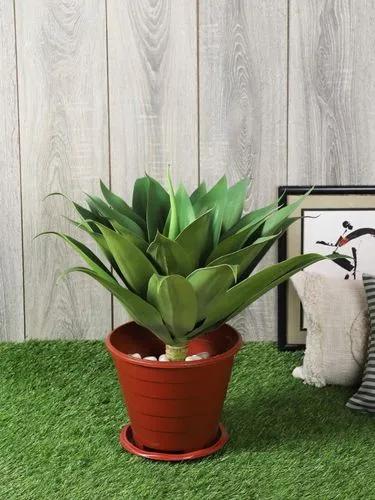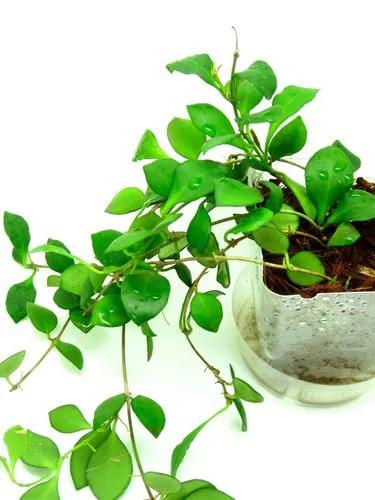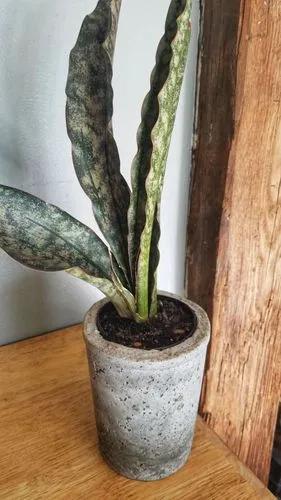Crassula ovata 'Lemon & Lime' is a succulent evergreen plant from the Crassulaceae family. This plant is native to the southern coast of Africa. Flower growers highly appreciate this representative of the species for its special decorative value.
Crassula ovata 'Lemon & Lime' Care
Crassula ovata cv. Lemon & Lime



Crassula ovata 'Lemon & Lime' is a small evergreen shrub. Its height can reach up to 12 inches (30 cm). The plant has a thick, branching stem and fleshy leaves. Young sprouts are green or light brown, while the stem turns gray with age, and leaves are dark green with yellow margins. From the end of winter to the beginning of spring, the plant blooms with pink star-shaped flowers.
How to Care for the Plant

Water

The plant accumulates moisture in its fleshy leaves, so an excess of liquid is more dangerous than a lack. In spring and summer, water the plant when the soil remains slightly damp, and in autumn and winter — when it is almost dry. This plant can easily endure the lack of watering for a couple of weeks.

Pruning

The plant does not require any special pruning other than sanitary, but periodically, remove dried sprigs and leaves. You can also pinch young sprouts in the spring to keep the bush decorative.

Fertilizer

In summer, you can fertilize Crassula ovata 'Lemon & Lime' once a month. Use ready-made fertilizers for cacti. In cold weather, you can choose not to fertilize the plant or water the plant once a month with a weak solution of fertilizer (half strength or less).

Sunlight

You need to choose a well-lit area for your plant. Only on the hottest days may the plant need shading. East, south, or southwest windows can be a good choice. The plant's sprouts weaken with a lack of light, and the leaves may fall off.

Soil

Choose neutral to slightly acidic soil. You can use ready-made soil for succulents. You can also mix turf soil and sand or use a mixture of turf, leaf, humus soil, and sand in equal proportions. Do not forget the drainage layer!

Propagation

You can propagate it from leaf and stem cuttings. Spring is the best time for this. Cut off a sprout or a large leaf with a sharp blade, treat the cut with crushed activated carbon, and dry for 2-3 days. Then plant in a bowl in a mixture of leafy soil and sand.

Temperature

Crassula ovata 'Lemon & Lime' is a thermophilic plant. During the summer, keep the temperature between 68-77 degrees Fahrenheit (20-25 Celsius). In winter, this plant can feel comfortable both at a temperature of 50-59 (10-15) degrees and at normal room temperature.

Container

Since Crassula obliqua 'Lemon 'n Lime' has a shallow root system, you should better choose a wide container or bowl. With age, the trunk and leaves of the plant become heavier, and the root weakens, so the container for an adult plant must be low and stable. It may also need a prop.

Fun fact

Juice and tincture from Crassula ovata 'Lemon & Lime' help treat arthritis.

Popularity

1,582 people already have this plant 424 people have added this plant to their wishlists
Discover more plants with the list below
Popular articles






